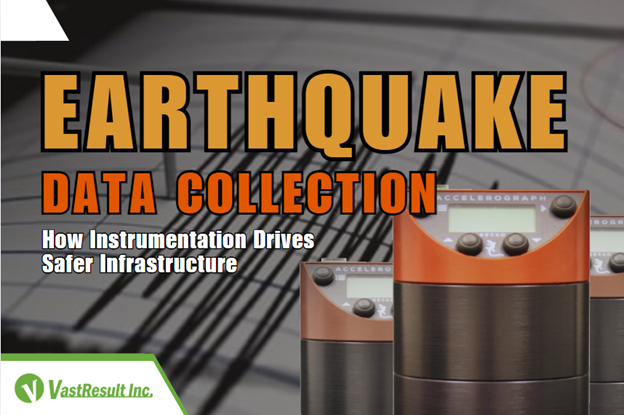
The Philippines, located along the Pacific Ring of Fire, is no stranger to earthquakes. These unpredictable natural events pose serious threats to lives, properties, and infrastructure. But thanks to modern technology, we now have the means to better understand seismic activity and design structures that can withstand it.
At the core of this effort is earthquake instrumentation—the strategic use of devices to monitor and record ground movements. One such device, the accelerograph, plays a particularly vital role in not just capturing seismic data but also in shaping how we build safer, more resilient communities.
Understanding Earthquake Instrumentation
Earthquake instrumentation involves installing devices in buildings or on the ground to detect seismic waves, structural vibrations, and movement during an earthquake. These devices collect real-time data, which is later used by engineers, city planners, and disaster response teams.
Key instruments include:
Seismometers
– for detecting ground motionAccelerographs
– for measuring strong shaking and structural responseData loggers
– for storing and transmitting seismic data
Among these, the accelerograph stands out due to its capability to measure the intensity and effects of strong ground motion—particularly in urban infrastructure.
Spotlight on Accelerographs: The Game-Changer in Seismic Monitoring
An accelerograph is an instrument that records the acceleration of the ground or a structure during an earthquake. Unlike seismometers, which are sensitive to distant, low-intensity tremors, accelerographs are designed to handle the strong motions that impact buildings and human safety.
What Do Accelerographs Measure?
Peak Ground Acceleration (PGA)
– the highest rate of ground movementStructural response
– how a building moves or sways during a quakeDuration and intensity
of ground shaking
This data is invaluable in understanding whether a building has sustained damage and how it performed during the seismic event.
Why Are Accelerographs Important?
- They help assess building safety after an earthquake.
- They provide engineers with data to improve structural designs.
- They support government agencies in risk assessment and disaster planning.
- They are required in many high-rise and critical facilities as part of compliance with safety codes.
In short, accelerographs serve as the “black box” of a building during an earthquake, revealing how it performed and guiding decisions about evacuation, repairs, or retrofitting.
How Earthquake Data Collection Drives Safer Infrastructure
1. Enhances Building Code Standards
Data collected from earthquake instruments like accelerographs is used to update and improve the National Structural Code of the Philippines (NSCP) and other building standards. Engineers analyze this data to determine how structures respond to local seismic conditions, leading to more accurate and location-specific design criteria.
2. Supports Post-Earthquake Evaluation
After a seismic event, accelerographs help determine:
- Whether a building can still be occupied
- Which structural elements need reinforcement
- If a complete structural overhaul is needed
This is critical for hospitals, schools, bridges, and high-rise buildings, where safety is non-negotiable.
3. Assists in Urban Planning and Risk Mapping
Aggregated seismic data across multiple buildings and regions allows city planners to:
- Identify high-risk zones
- Improve land use and zoning
- Design earthquake-resilient public infrastructure
This proactive approach to planning reduces long-term damage and casualties.
4. Strengthens Disaster Preparedness and Response
The data collected by accelerographs feeds into broader disaster management systems. Government agencies like PHIVOLCS can use this data to issue alerts, study aftershock patterns, and inform emergency response strategies.
In the future, this will be key to developing earthquake early warning systems in the Philippines.
5. Boosts Public Confidence in Infrastructure
When a building is equipped with seismic monitoring instruments and undergoes routine safety evaluations, tenants and visitors feel more secure. Property developers and building owners can also use instrumentation as a value-added feature, demonstrating their commitment to safety.
Final Thoughts
As the Philippines continues to urbanize and construct high-rise buildings and critical facilities, integrating earthquake instrumentation—especially accelerographs—is no longer a luxury, but a necessity. These devices not only help us understand seismic risks better but also empower us to take data-driven action in making our infrastructure safer.
From enhancing building codes to aiding in real-time disaster response, earthquake data collection is the invisible force behind modern earthquake resilience. And at the center of it all is the accelerograph—quietly recording, constantly protecting.
Is your building earthquake-ready?
We offer expert installation of accelerographs tailored to your structure. Contact VastResult today at (02) 8404 0740 or email us at support@vastresult.com to find out how earthquake instrumentation can protect your investment and your people.
